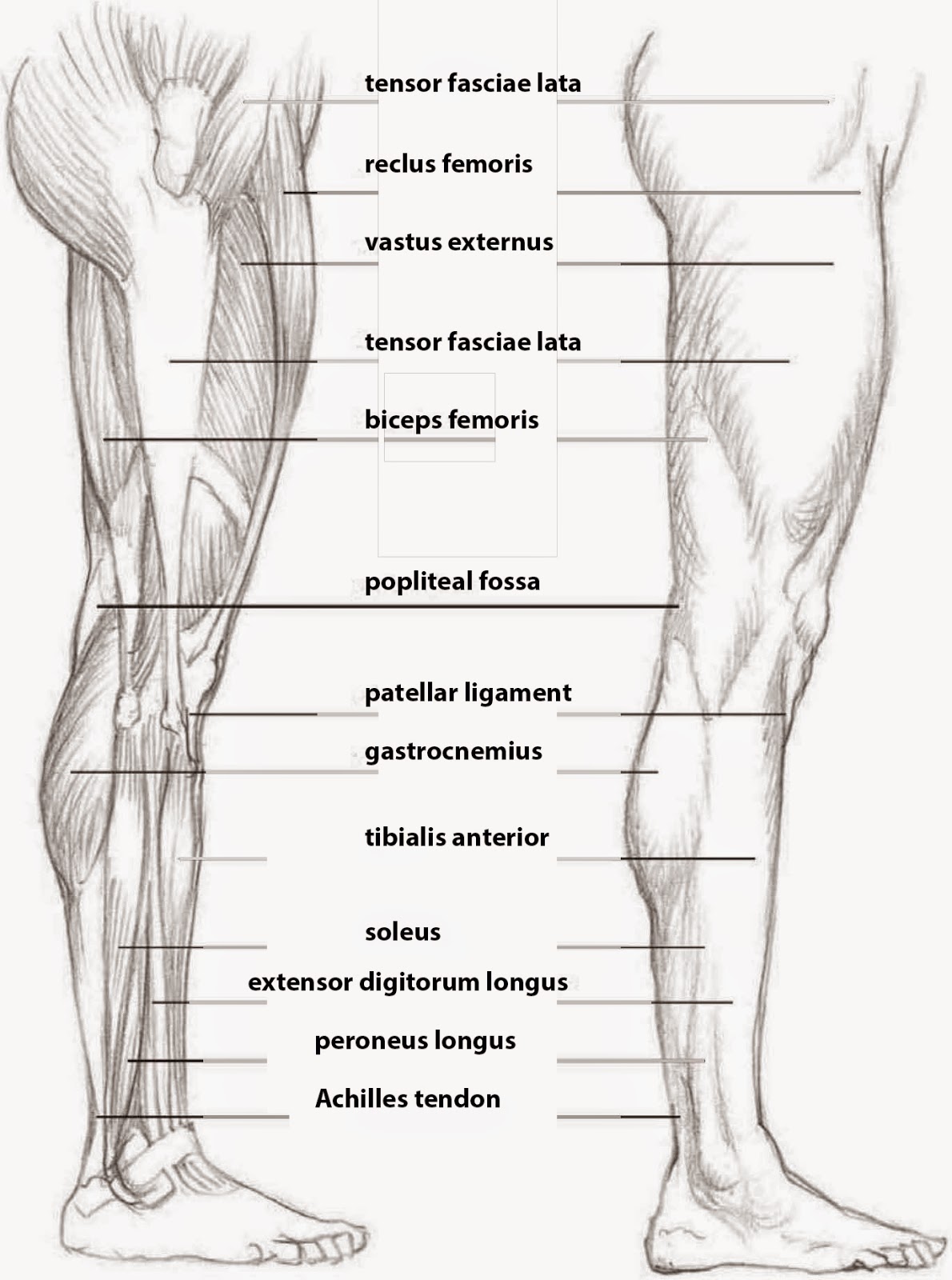CHOOSING A POSE Not every photo you take is going to be good, and not every pose your model strikes is going to be perfect. Look for poses that are natural and balanced, not stiff or boring. Some movement or tension can make the pose more interesting, but your subject should look stable and comfortable in the position. Unless in motion, the model should not have his or her arms and legs stretched out in all directions; instead, he or she should be more compact and relaxed. The pose should reflect the personality or interests of the subject. Take many photos to use as references, and evaluate them for suitability.
EVALUATEING PHOTOS
Selecting a Photo Reference In photo A, the subject has a stable, compact pose, but he looks a bit stiff and bored; his personality doesn't show through. The pose in photo B is more relaxed, but the boy looks a little out of balance, and his arms and legs are in awkward positions; in addition, the light behind him is a bit harsh. Photo C is a great pose to represent this young man. He looks quite comfortable, and his hands and feet are in good, natural positions; his head is turned at a 90° angle to his body, which helps give some movement and interest to the pose. The lighting is more even as well. This is the best pose to use for a drawing.

Step One Using an HB pencil, block in the figure. Place the head above the center of the main body mass, as indicated by the vertical line. Sketch the shapes of the arms and legs, drawing through the overlapping body parts for correct placement. The vertical center line on the head shows the three-quarter view. Add the horizontal guidelines for the facial features. Sketch the general shapes of the shoes and the lines for the ends of the shorts and the shirt sleeve_ Be sure the pose and proportions are accurate before adding any details.

Step Two Now it's time for some definition_ Place the facial features on the guidelines. Remember: The guides you learned about earlier are based on averages; to achieve a good likeness, be sure to follow your photo reference and adjust accordingly-for example, accounting for this boy's high forehead and wide-set eyes. Indicate the hair, and sketch in the clothing, showing some of the folds and wrinkles. Sketch in the shapes of the fingers of his left hand and the elbow of his right arm. Refine the shapes of the shoes, and indicate laces.

Step Three Erase the guidelines. Then use a B pencil to refine the facial features and the hair. Give the fingers a more precise shape, and add the fingernails. Refine the shapes of the arms, legs, and clothing, removing unneeded lines with a kneaded eraser. Using "artistic license" (the artist's prerogative to ignore what actually exists, and to make changes, deletions, or additions), the author decides to change the shoelace so it is not awkwardly sticking up at an odd angle.

Step Four Using a 2B pencil, begin shading the hair with strokes that follow the direction of growth. Leave areas of white paper where the light hits the hair. Shade some darker areas around the eyes, cheekbones, and under the lips, as well as on the neck. Use a very sharp pencil and small strokes for the eyebrows and lashes. Darken the legs where they are in shadow; these strokes follow the curve of the leg and help show its form. (See "Shading the Forms" at right.) Begin to shade the arms and other areas in shadow, such as the ends of the fingers. Add more shading to the clothing and shoes, rendering additional details as you go.

Step Five Using a very sharp 2B pencil with light pressure, shade the face, leaving a white highlight on the nose and chin and on the side of the right cheek that is in more direct sunlight. To show the delicate form of the face, place your shading strokes very close together and follow the contours of the face, often changing direction. Shade the arms and legs using a little pressure for the lighter areas; press harder for darker areas. Leave a white highlight on the top of the right arm to show where the sunlight is reflected. Along the back, leave a vertical area of white paper to represent the bright sunlight on the shirt; other folds of the shirt and pants also have highlights. Use a 3B pencil to add some dark areas in the hair and in the darkest areas of the clothing before switching back to the 2B pencil. The shoes receive a little more refining and shading; don't draw all the details, as they are not needed. Add some grass, leaves, and a little shading to show that the boy is sitting outside. Leave a lot of white paper around him, providing very little detail to the grassy area to keep the focus on the boy.

SHADING THE FORMS
Shading with varying values-from black through all shades of gray to white-enhances the illusion of depth in a drawing. Effective shading also adds life and realism to a drawing. When shading cylin drical elements, such as the arms and legs, make sure your pencil strokes follow the curved forms, as shown in the diagram at right. This illustration has been exaggerated to demonstrate the different directions the shading lines should follow; your strokes, of course, will be smoother with subtle gradations and highlighting.


































